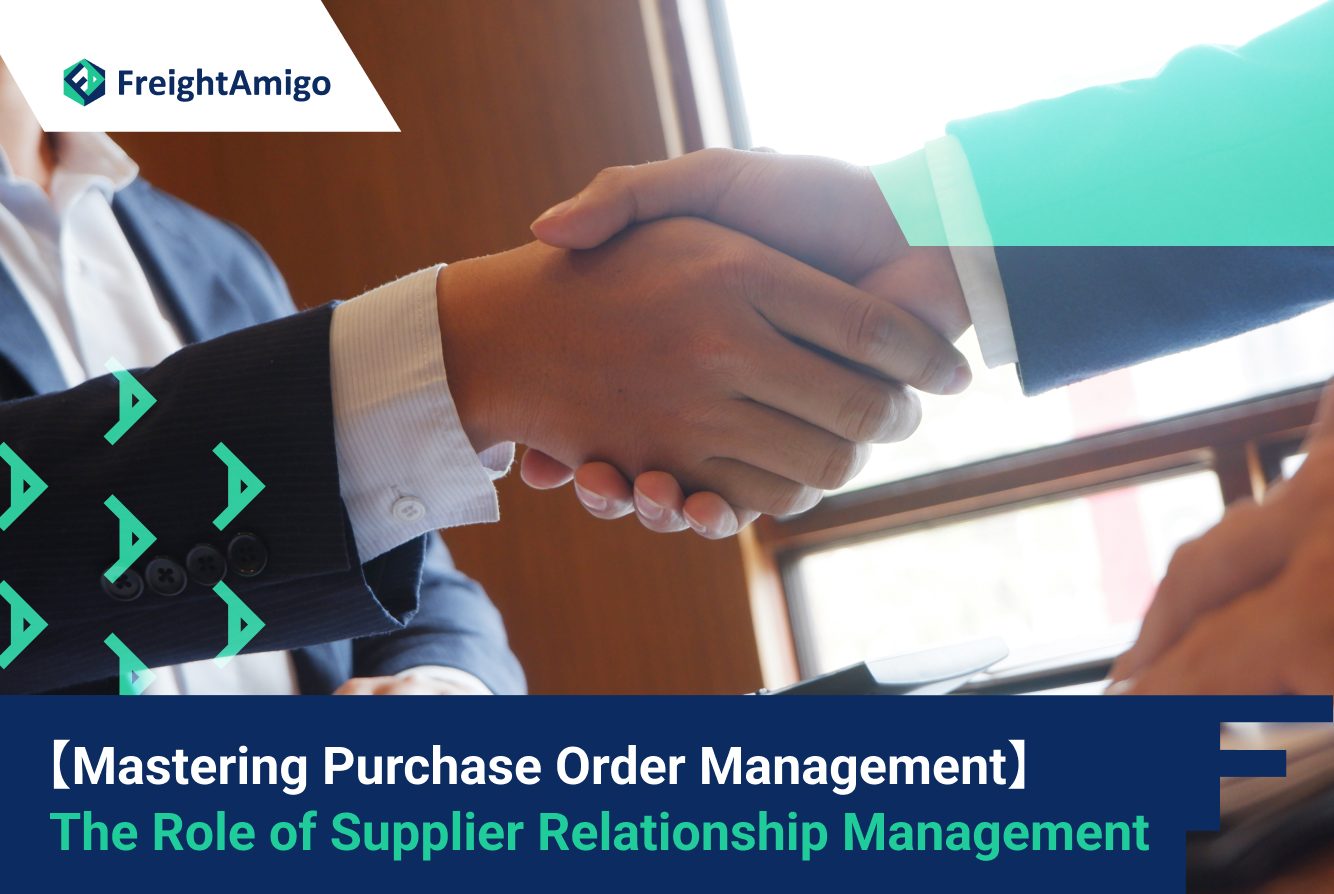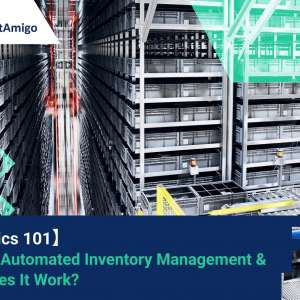Author Name: Tiffany Lee – Marketing Analyst at FreightAmigo
Purchase order management is a crucial aspect of a business’s operations. It involves the creation, issuance, tracking, and payment of purchase orders. These are essentially legal documents that businesses use to communicate their specific needs to suppliers. Understanding how to manage these documents efficiently can have a significant impact on a company’s success.
The primary goal of purchase order management is to ensure that the purchasing process is seamless, efficient, and cost-effective. This process involves several steps, from selecting the appropriate supplier to finalizing the payment. Therefore, it requires a high level of coordination and communication between various departments, including procurement, finance, and logistics.
In the age of digital transformation, many organizations are resorting to automated purchase order management systems. These systems offer a more streamlined, accurate, and faster way of managing purchase orders. For instance, using Amazon purchase order management system can significantly enhance the efficiency of the procurement process.
Want to compare the best Express, Air Freight, Sea Freight, Rail Freight & Trucking rates so as to have better control on cost?
Understanding the Role of Supplier Relationship Management in Purchase Order Management
Supplier Relationship Management (SRM) plays a significant role in effective purchase order management. SRM refers to the strategic approach to managing the interactions with the suppliers who provide goods and services to the organization. It seeks to create a win-win relationship where both the supplier and the buyer benefit from improved efficiency and effectiveness.
A key aspect of SRM is establishing clear and open lines of communication with suppliers. This is crucial for effective purchase order management, as it helps to ensure that all parties understand the terms and conditions of the purchase order, including pricing, delivery schedules, and quality specifications.
Moreover, SRM also involves regular performance evaluation of suppliers. By monitoring and assessing the performance of suppliers, businesses can ensure that they continue to meet their expectations. This is particularly important in the context of purchase order management, as it helps to ensure that suppliers deliver the required goods or services on time, at the right price, and to the appropriate quality standards.
Key Elements of Effective Purchase Order Management
Effective purchase order management hinges on a few key elements. First and foremost, it requires a well-structured process for creating and issuing purchase orders. This involves clearly defining the roles and responsibilities of all individuals involved in the process, from the procurement team to the finance department.
Another crucial element is the use of technology. With the advent of digital tools like Coupa, a cloud-based business spend management platform, businesses can streamline their purchase order management process. Coupa’s capabilities range from automating the creation and approval of purchase orders to providing real-time tracking of deliveries.
Lastly, effective purchase order management requires robust supplier relationships. This highlights the importance of Supplier Relationship Management in purchase order management. A strong relationship with suppliers, built on trust and mutual benefit, can significantly improve the efficiency and effectiveness of the purchase order process.
Purchase Order Best Practices in Businesses Today
Several purchase order best practices have emerged in businesses today, primarily driven by the advancements in technology. One such practice is the use of automated systems for managing purchase orders. These systems eliminate manual processes, thereby reducing the chances of errors and improving the speed of operations.
Another best practice is integrating the purchase order management system with other business systems. This allows for seamless data flow between systems, enhancing the visibility of information and facilitating better decision-making. For example, integrating the purchase order system with the inventory management system can help businesses manage their stock levels more effectively.
Also, businesses are increasingly adopting strategic sourcing practices. This involves analyzing spending patterns and market trends to identify the best suppliers. By choosing the right suppliers, businesses can ensure the timely delivery of high-quality goods and services at competitive prices.
Improving your PO Management with Supplier Relationship Management
Improving your PO management with Supplier Relationship Management involves several strategies. First, it is crucial to maintain open and regular communication with suppliers. This can help to identify and address any potential issues before they escalate.
Secondly, businesses should aim to build long-term relationships with their suppliers. This involves working closely with suppliers to understand their capabilities and limitations, and finding ways to mutually benefit from the relationship. For instance, businesses can offer their suppliers incentives such as volume discounts or long-term contracts to motivate them to deliver better service.
Lastly, businesses should leverage technology to enhance their SRM efforts. Tools like Coupa can provide valuable insights into supplier performance, helping businesses to make informed decisions. For example, Coupa’s analytics can reveal patterns in a supplier’s delivery times or quality levels, enabling businesses to identify potential areas for improvement.
Challenges in Purchase Order Management and How to Overcome Them
Despite its importance, purchase order management can pose several challenges to businesses. These include manual and time-consuming processes, lack of visibility into purchase order status, and difficulties in tracking supplier performance.
To overcome these challenges, businesses can leverage technology. Automated systems can streamline the purchase order process, reducing the time and effort required to manage purchase orders. Moreover, these systems can provide real-time visibility into the status of purchase orders, enabling businesses to swiftly address any issues that may arise.
Additionally, businesses should invest in training their staff on purchase order management best practices. This can help to ensure that all individuals involved in the process are well-equipped to handle their responsibilities effectively.
Conclusion: The Future of Purchase Order Management
Looking ahead, the future of purchase order management lies in automation and data analytics. With the rise of technologies such as artificial intelligence and machine learning, businesses can expect even greater efficiency and accuracy in their purchase order management processes.
Moreover, as businesses continue to recognize the importance of strong supplier relationships, the role of Supplier Relationship Management in purchase order management will only grow. By strengthening these relationships, businesses can ensure a more efficient and effective purchase order process, ultimately leading to improved business performance.
In conclusion, mastering purchase order management requires a comprehensive understanding of the process, robust supplier relationships, and the strategic use of technology. By embracing these elements, businesses can optimally manage their purchase orders and achieve their operational and financial goals.
There are different options for cargo transportation. If you want to choose the most convenient and suitable solution, it is best to have the full support of logistics experts! If you are planning to ship goods overseas, please go to the FreightAmigo page for inquiries.
===
Read More:
【Mastering International Trade】 A Comprehensive Guide on DDP and DAP
【Inventory Control】 Enhancing Efficiency and Cost Management
【Logistics 101】What is Supplier Management Process and its Benefits
===
If you have any inquiries on logistics/supply chain, feel free to contact FreightAmigo now:
Chat with us online OR
Phone : +852 28121686
WhatsApp: +852 27467829









































